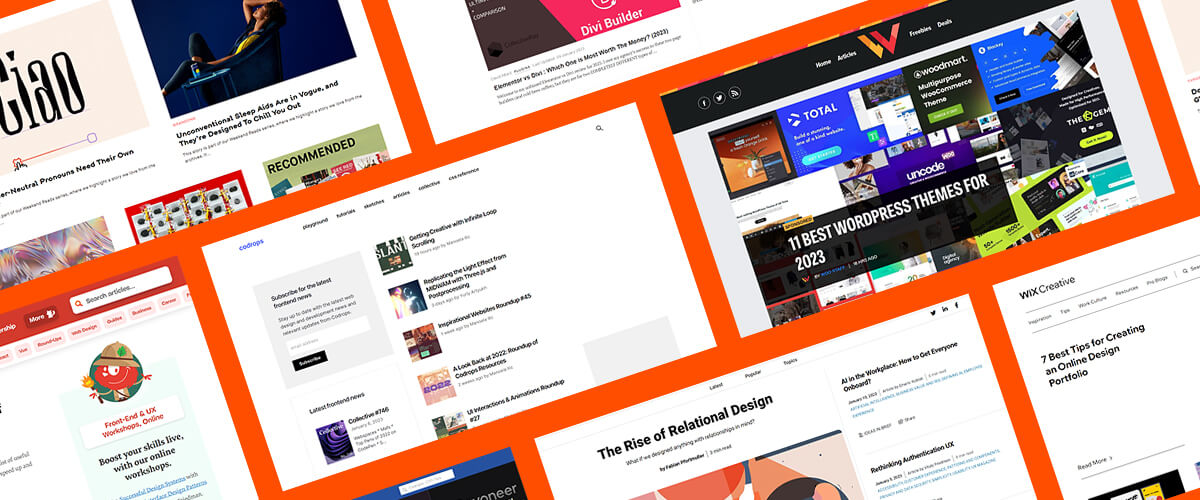A good resume doesn’t necessarily mean a good hire.
Great experience, perfect skills, stellar references. But sometimes it just doesn’t work out.
Hiring isn’t about finding the best person, it’s about finding the best fit.
The wrong culture fit will absolutely derail even the most talented hire. If they don’t mesh with your team, if they work differently than you do, if your expectations aren’t clear; it simply doesn’t matter how good they are.
You have to look for fit, not just talent.
Ask yourself: Do they communicate the way we do? Do they move at our pace? Do they care about the same things we care about?
Skills can be taught. Fit? That’s either there or it’s not.
Hire for fit first, skills second. You’ll save yourself a massive amount of headache.
When great hires go wrong
Every business has hired someone who looked perfect on paper but crashed and burned in reality.
It’s not about incompetence. It’s about incompatibility.
The talented misfit problem
You hire someone with incredible credentials. Top-tier education, impressive work history, glowing recommendations. They interview well, demonstrate deep expertise, and seem eager to contribute.
Three months later, they’re struggling.
Not because they can’t do the work, but because they can’t do the work the way your team operates.
Maybe they’re used to formal processes and your team moves fast and loose. Maybe they need detailed specifications and your team thrives on ambiguity. Maybe they prefer written communication and your team lives in Slack and quick calls.
The work gets done, but it feels forced. They’re constantly asking for clarification on things that seem obvious to everyone else. Team meetings feel awkward. Projects take longer because of communication friction.
It’s not their fault. It’s not your fault.
It’s just not a fit.
Why skills alone aren’t enough
Here’s the thing: Skills tell you what someone can do. Cultural fit tells you how they’ll do it.
Two people with identical technical abilities can produce completely different results based on how well they integrate with your team’s working style.
The person who fits well will understand unspoken expectations, communicate naturally with the team, adapt quickly to your processes, contribute to team morale, and stay longer and grow with the company.
The skilled misfit will require constant clarification, create communication friction, resist or struggle with your processes, drain team energy, and leave as soon as something better comes along.
Skills get the job done. Fit determines how well, how quickly, and how sustainably the job gets done.
What cultural fit actually means
Cultural fit isn’t about hiring people who are exactly like you. It’s about finding people who can thrive in your specific environment.
Here’s what I mean: You want alignment on core values, but diversity in perspectives and approaches. Think “culture add” not just “culture fit.” The best hires bring fresh thinking that enhances your team while sharing the fundamental beliefs that drive your business forward.
Communication styles and work pace
Some teams communicate directly and move fast. Others prefer detailed discussions and careful planning. Neither is right or wrong, but mixing styles creates friction.
If your team gives quick, informal feedback and expects people to run with it, hiring someone who needs detailed written instructions will frustrate everyone.
If your team values work-life balance and sustainable pace, hiring someone who expects to work 70-hour weeks will create tension.
Look for alignment in:
- Communication preferences: Direct vs. diplomatic, written vs. verbal, formal vs. casual
- Decision-making speed: Quick decisions with course correction vs. thorough analysis before action
- Work pace: Sprint mentality vs. marathon approach, reactive vs. proactive
- Collaboration style: Independent work vs. constant collaboration, structured meetings vs. organic discussions
Values alignment vs. personality matching
Cultural fit isn’t about personality. You don’t need everyone to be extroverted or introverted, serious or funny, detail-oriented or big-picture.
You need alignment on what matters most to your business:
- Quality standards: Good enough vs. perfectionist, MVP vs. polished
- Customer focus: Internal efficiency vs. customer experience priority
- Growth mindset: Learning from mistakes vs. avoiding risk
- Accountability: Individual ownership vs. team responsibility
Someone can have a completely different personality but share your core values. That’s good fit. Someone can be likeable but have conflicting values. That’s bad fit.
A diversity of work styles can actually be healthy for your team, as long as there’s alignment on the non-negotiable core values that matter most to your business. You’re not looking for clones of your existing team members.
The hidden costs of bad cultural fit
When you hire for skills alone and ignore fit, the problems compound quickly.
Decreased team productivity. Everyone spends extra time explaining, clarifying, and managing around the misfit.
Lower team morale. Good team members get frustrated with constant friction and may start looking elsewhere.
Increased management overhead. You spend disproportionate time managing one person instead of focusing on strategy.
Delayed projects. Communication issues and process conflicts slow down deliverables.
Knowledge loss. When they inevitably leave, any knowledge transfer becomes wasted investment.
Recruitment costs multiplied. You’re back to hiring again, plus the opportunity cost of the failed hire.
Cultural erosion. One misfit can change team dynamics and lower standards for everyone.
A bad cultural fit doesn’t just underperform. They make everyone else underperform too.
How to assess fit during interviews
Move beyond “Tell me about yourself” questions. You need to understand how they work, not just what work they’ve done.
Questions that reveal work style
Instead of asking about their experience, ask about their preferences:
Communication style:
- “How do you prefer to receive feedback on your work?”
- “When you’re stuck on a problem, what’s your usual next step?”
- “Describe a time when you had to deliver bad news to a team or client.”
Work pace and decision-making:
- “Tell me about a time when you had to make a decision without complete information.”
- “How do you prioritize when everything feels urgent?”
- “What does your ideal work environment look like?”
Values and motivation:
- “What energizes you most about work?”
- “Describe a work situation that really frustrated you.”
- “What would make you consider leaving a job you otherwise enjoyed?”
Scenario-based fit assessment
Present them with realistic situations from your workplace and see how they’d handle them:
“It’s Friday at 4 PM and a client calls with an urgent request that will take 3-4 hours. How do you handle this?”
“You’re working on a project and realize the original scope was too narrow. The client will need additional work that wasn’t budgeted. What’s your next step?”
“A teammate consistently misses deadlines and it’s affecting your work. How do you address this?”
Their answers reveal their instincts, values, and work style better than any resume.
Fit assessment framework: Rate each candidate 1-5 on communication alignment with team, work pace compatibility, values alignment, problem-solving approach, and collaboration style.
Any candidate scoring under 18 total will likely struggle with cultural fit, regardless of skills.
Skills vs. fit decision framework
Sometimes you have to choose between the most skilled candidate and the best fit. Here’s how to make that call.
When to prioritize fit over skills
Choose fit when the role requires close collaboration. Team dynamics matter more than individual brilliance.
Choose fit when skills can be developed. If the core competencies are teachable, bet on fit.
Choose fit when you’re a small team. One misfit has disproportionate impact in smaller groups.
Choose fit when the role is client-facing. Cultural alignment affects customer relationships.
Choose fit when you’re in a growth phase. You need people who can adapt and scale with you.
The teachable skills checklist
Before choosing fit over skills, honestly assess what can be taught:
Teachable skills include specific software or tools, industry knowledge, company processes, and technical methodologies.
Hard-to-teach qualities include work ethic and reliability, communication style, problem-solving approach, adaptability and learning mindset, and emotional intelligence.
If the skills gap is in the teachable category and the fit is strong, prioritize fit over function. If the skills gap involves hard-to-teach qualities, reconsider.
Skills can be taught. Fit? That’s either there or it’s not.
Believe me when I say this: The best hire isn’t always the most qualified person. It’s the person who can thrive in your environment, contribute to your team, and grow with your company.
Hire for fit first, skills second.
Your team will thank you, your projects will run smoother, and you’ll spend way less time managing personality conflicts and communication breakdowns.
But here’s something people miss: hiring for fit is just the beginning. Even a great cultural fit can struggle if they’re not properly integrated into your team. Make sure your onboarding process helps new hires understand not just what to do, but how your team operates, communicates, and makes decisions. That’s how you turn a good hire into a long-term team member.
Because at the end of the day, you’re not just filling a position. You’re adding a team member.




